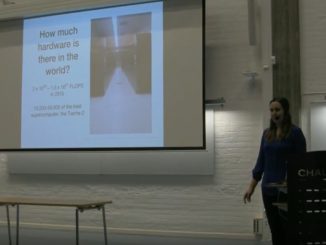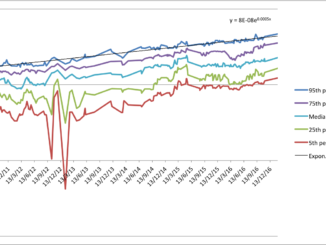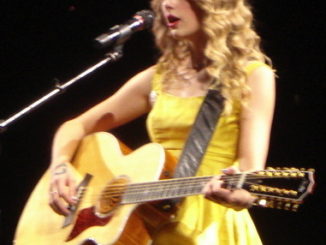
Year: 2017

AI Timelines

AI Timelines

Accuracy of AI Predictions

Blog

Blog

AI Timelines

Hardware and AI Timelines

AI Timelines

AI Timeline Surveys

Blog